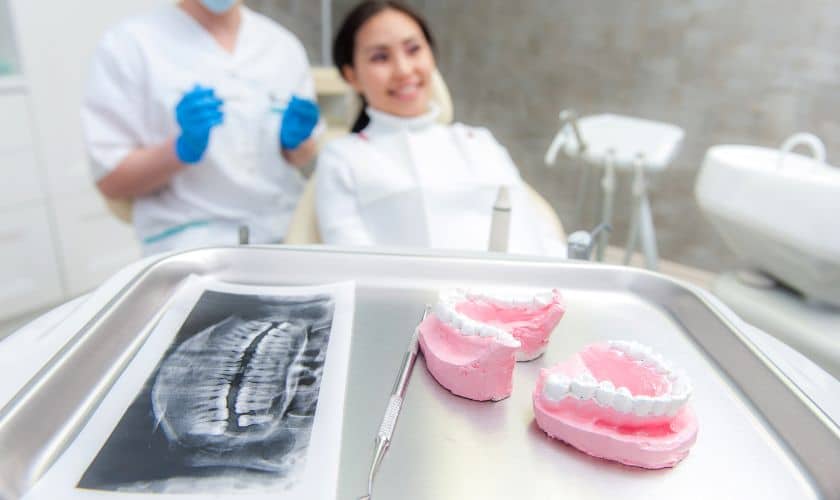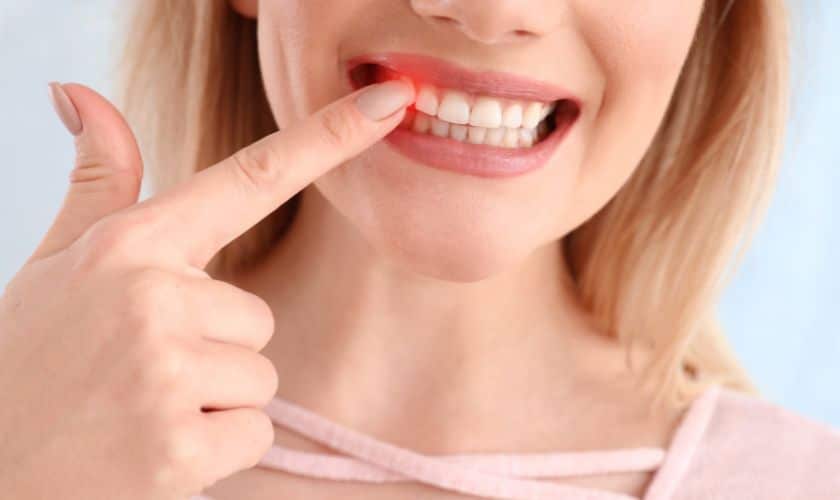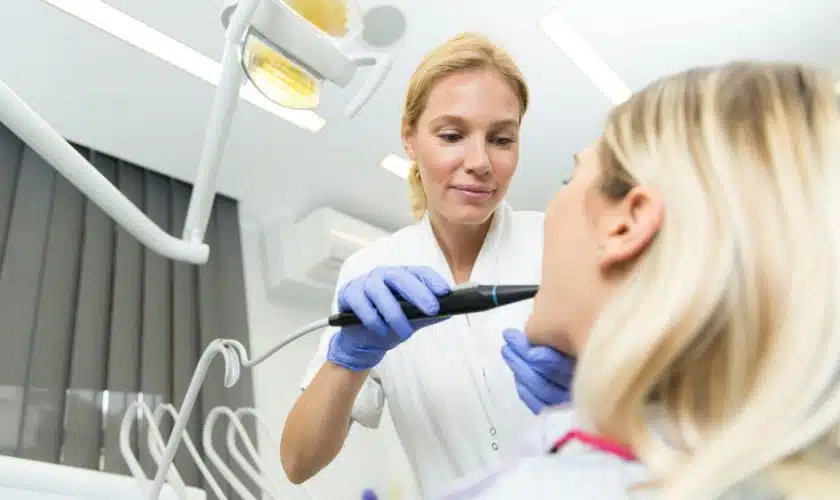
Tooth Enamel Loss: What’s True?
Tooth Enamel is the hardest substance in the body, yet it can be incredibly fragile. It protects our teeth, keeping them in a hard protective sheath. Tooth enamel loss can occur in various ways, but once it is lost, it is gone, opening up our teeth to decay.
How Do I Know I’m Losing Enamel?
Some signs of tooth enamel loss can include increased sensitivity to hot and cold or increased sensitivity to sweet foods. It can also affect the appearance of your teeth, causing them to be yellow or shiny. It can also cause your teeth to be rough at the edges, or cause indentations on the surface of your teeth. These are all signs enamel may be on the way out.
What Causes Tooth Erosion?
Although some tooth enamel loss can be caused by age, it can also be caused by foods containing sugars or acids. Foods high in sugar can wear away at the enamel as bacteria feed on the sugar-producing chemicals that erode the enamel. Foods high in acid can also be a cause of erosion, as can frequent exposure to stomach acid. A dry mouth can compound the problem, producing less saliva and leaving the mouth more vulnerable to the effects of sugar or acid on the teeth.
Another cause for enamel loss may be abrasion. Using abrasive products and hard-bristled toothbrushes can contribute to this. You can ask your dentist about what products are most likely to protect your enamel and prevent erosion.
What Can I Do About It?
Oral Hygiene is an important part of preventing tooth enamel loss. Using fluoride toothpaste while brushing and flossing at least 2 times a day can help protect teeth and prevent erosion. Rinsing your mouth with water after eating acidic foods can help as well. Wait an hour to brush after eating acidic foods, as acid softens the enamel.
Chewing Sugar-Free Gum can help your mouth produce the saliva needed, preventing a dry mouth that may leave teeth exposed to factors that encourage erosion.
Regular cleanings can help spot any tooth enamel loss or subsequent cavities so that you and your dentist can spot damage that has already occurred, or prevent further damage to your teeth.
Recent Posts

How Adhesive Techniques Have Improved Denture Fit

How Dentures Can Renew Mom’s Self-Assurance This Mother’s Day

TMJ Treatment: What to Expect During Your Dental Visit

How Stress Affects Gum Health And Strategies For Stress Management

